What are Cord Blood Stem Cells?
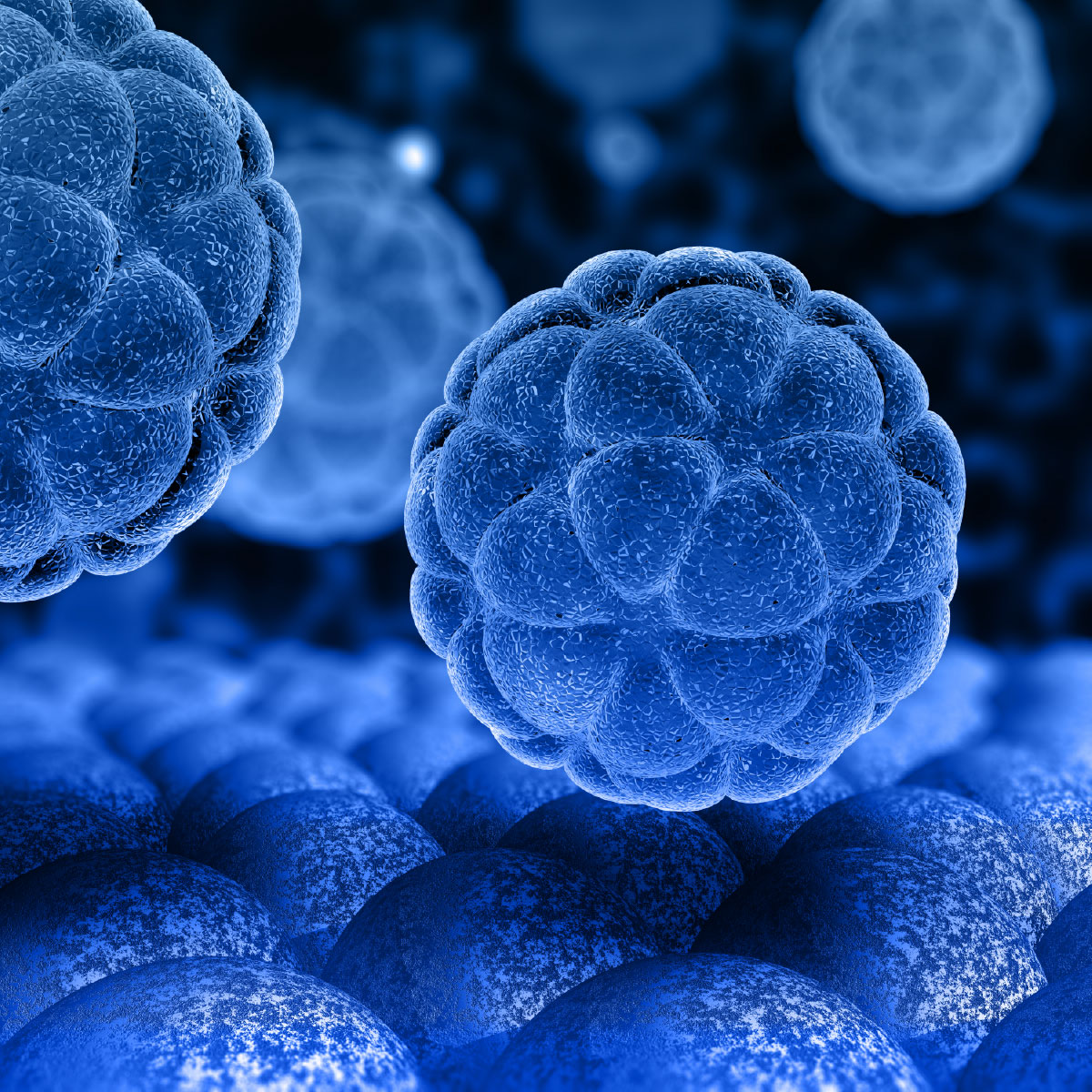
Cord blood refers to the blood that stays in your baby's placenta and umbilical cord following birth. Your placenta and umbilical cord are usually discarded away as medical waste. According to research, the blood that stays in the placenta and umbilical cord contains important hematopoietic stem cells. Stem cells, which are abundant in cord blood, can be used to treat several kinds of cancers, immune system deficiencies, and genetic diseases.
In contrast to adult or bone marrow donor transplants, cord blood stem cells do not need an exact blood match. For patients who have trouble finding a match, it offers a rich source of cord blood stem cells.
Let us study more about cord blood stem cells' numerous life-saving potentials.
Potential of Cord Blood Stem Cells in Curing Various Diseases
Cord blood stem cells benefit patients by helping them with the treatment of numerous life-threatening diseases.
- Malignancies: Blood cancers, including lymphoma and leukaemia.
- Bone marrow failure: This occurs when the bone marrow does not create the cells that it should.
- Haemoglobinopathies: Blood conditions that include thalassemia or sickle cell anaemia.
- Immunodeficiencies: When the body's immune system does not function properly.
- Metabolic disorders: These affect how the body processes nutrients and eliminates waste. It potentially leads to conditions like Gaucher disease, Krabbe disease, and Hurler syndrome.
A growing number of diseases and conditions that can be effectively treated with cord blood stem cells are being identified by scientific research in this field.
What are the Benefits of Collecting Stem Cells from Cord Blood?
Compared to stem cells derived from bone marrow or blood, cord blood stem cell therapies might be more beneficial. These consist of:
1. Safe, easy collection
Cord blood remains in the placenta and umbilical cord after delivery. There is minimal risk to the mother or child, and collecting it is comparatively simple and painless.
2. More matches
Even if some of the proteins are different, cord blood stem cells continue to work. It also means that more people might be able to use cord blood to find a match.
3. Easy to use
Processing of cord blood takes very little time. It is easy to use immediately as it arrives at the cord blood bank. Finding a match and collecting a sample of bone marrow can take some time.
4. Greater chance of transplant success
Individuals who receive stem cell transplants from cord blood might experience fewer complications or infections following the procedure. According to certain research, cord blood stem cells might produce more new blood cells than other sources, such as bone marrow.
When do you Need to Decide About Storing Your Baby’s Cord Blood?
The best time to discuss your cord blood options with your healthcare healthcare provider is between weeks 28 and 34 of pregnancy. You have plenty of time to research several cord blood banks. Your birth plan should include your decision about cord blood banking. It serves as a personalized guide outlining your preferences for labor, delivery, and postpartum care.
Bottom line
Umbilical cord blood contains hematopoietic stem cells, which can save your loved ones' lives. Stem cells are specialized 'building blocks' in the body that can differentiate into a variety of cell types. Cord blood contains blood-producing stem cells, which, when donated to someone in need of life-saving treatment, can turn into the type of blood cell required by the patient's body. These could be platelets, white blood cells, or red blood cells.
The various benefits of cord blood banking and the diseases that it can help treat are currently being investigated. It is up to you to decide what to do with your baby's cord blood stem cells. You may decide to save these precious stem cells at Cryoviva’s stem cell preservation. With this, you will gain a life-saving opportunity in treating the serious conditions of your baby or any other member of your family. Get in touch with us today to know more!

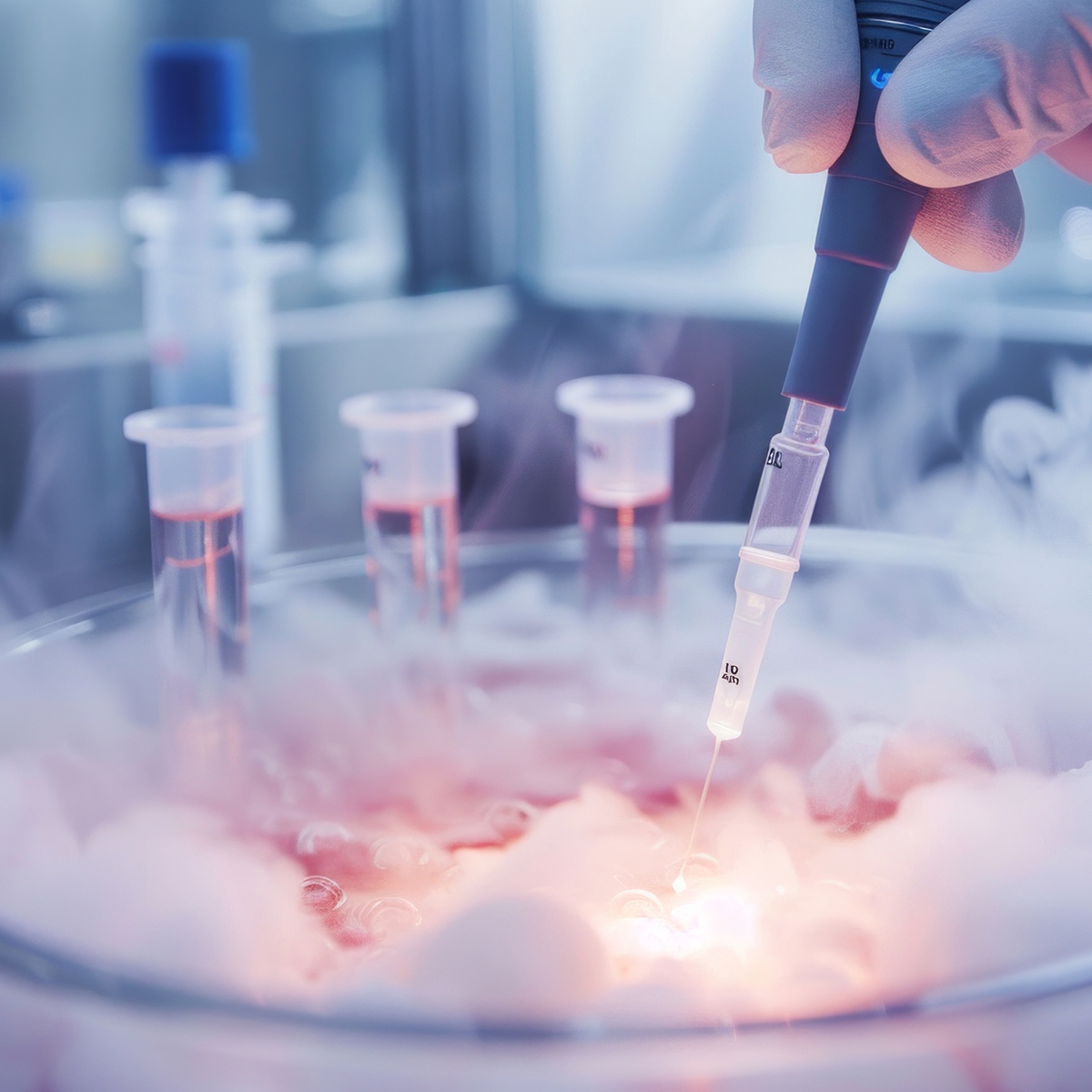
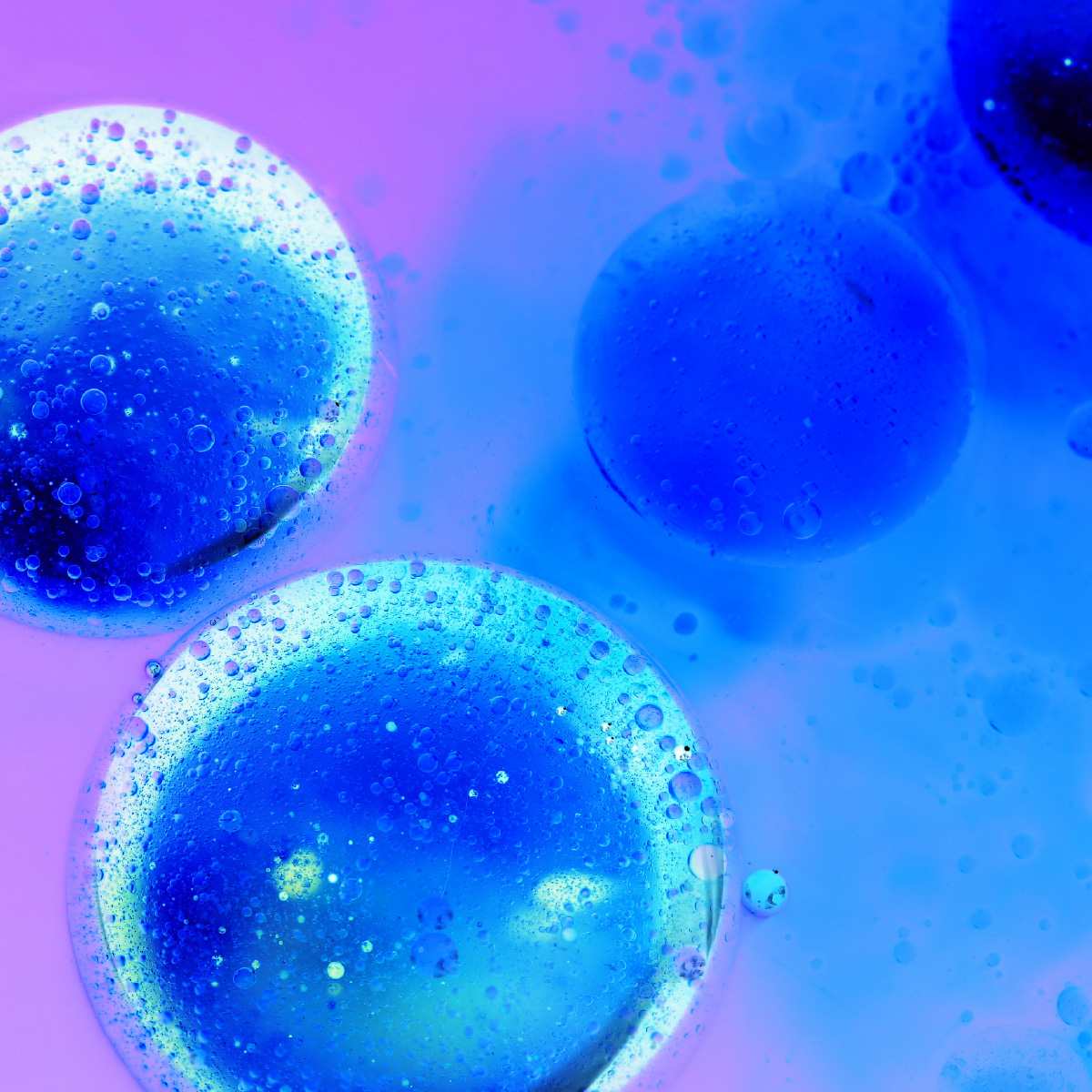
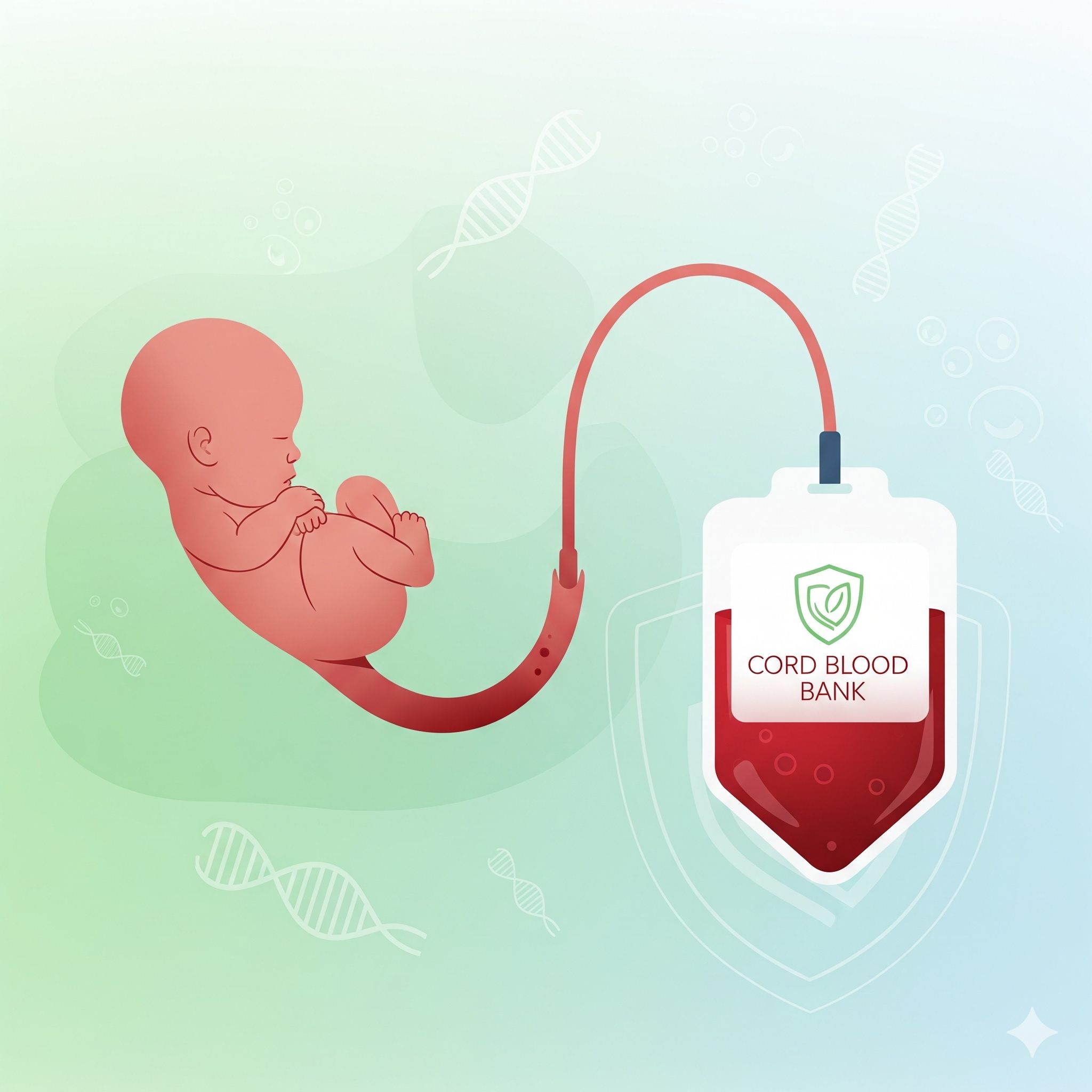

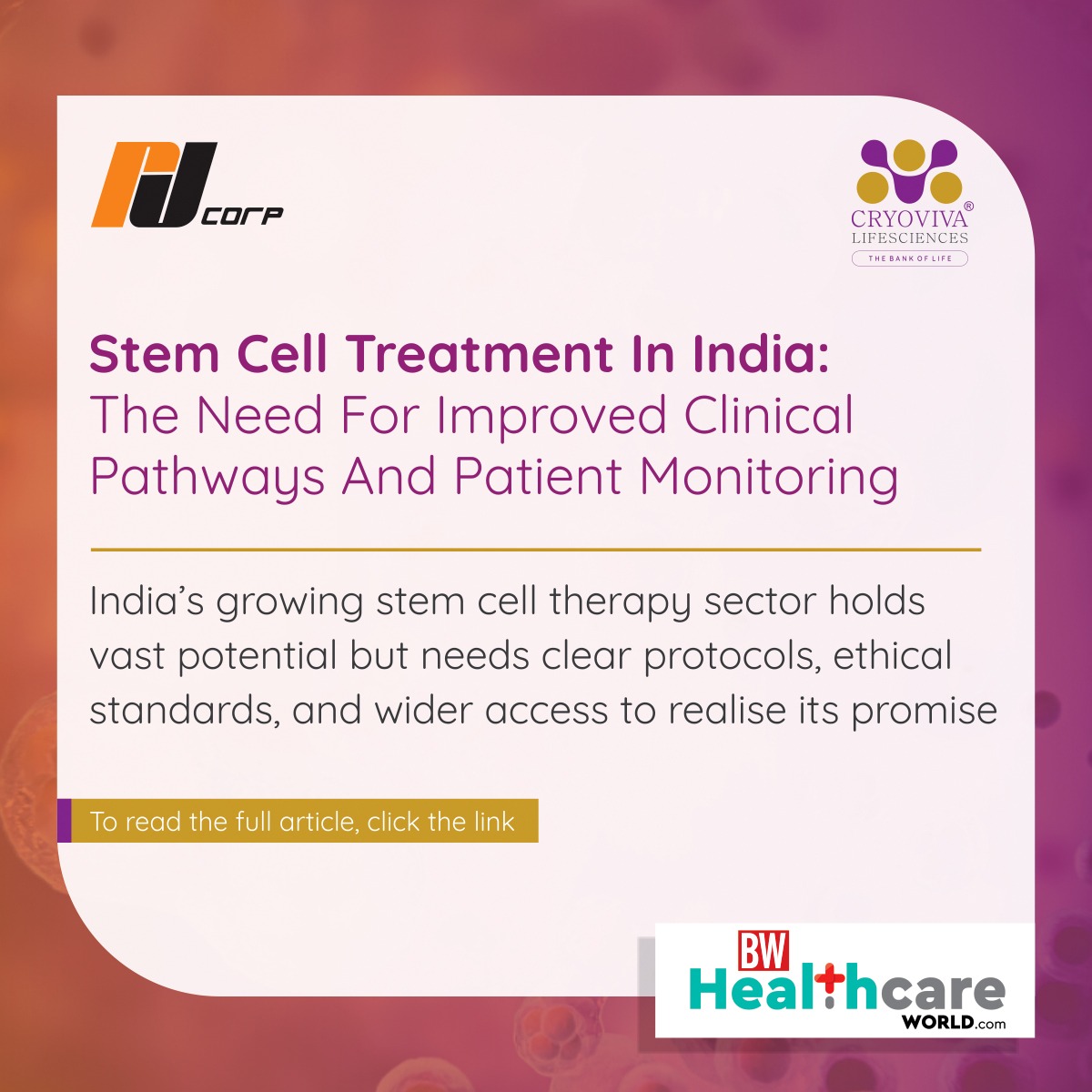




 Enquiry
Enquiry
 Email
Email Phone
Phone
 Whatsapp
Whatsapp